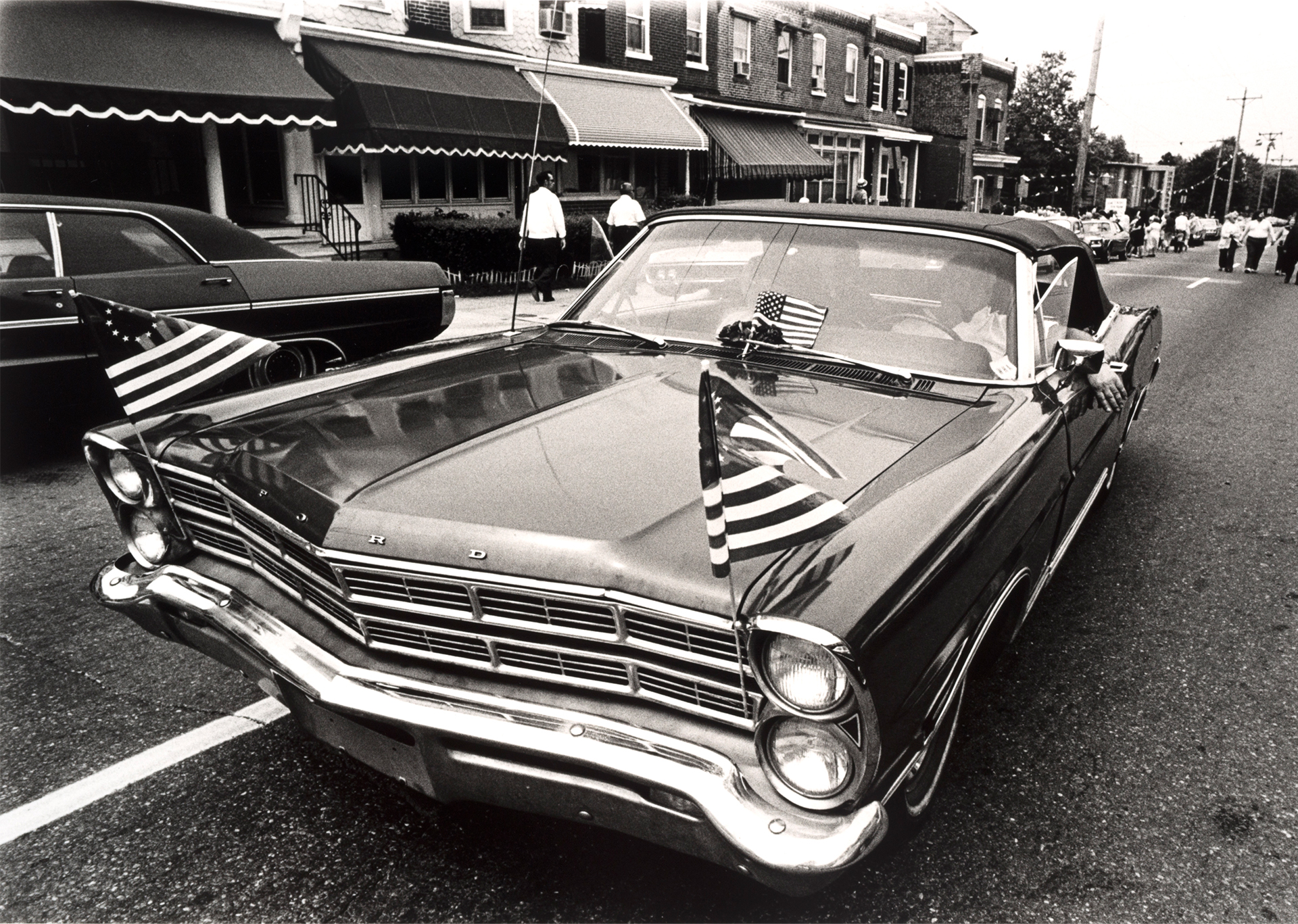

Coinciding with the Semiquincentennial in 2026, Citizen Artist will meet a moment of national reflection with a celebration of artist workers in America. Beginning in 1933, artists painted, photographed, wrote, acted, and taught for New Deal programs including the Public Works of Art Project, the Works Progress Administration, Farm Security Administration, and the Treasury Section on Fine Arts. President Franklin D. Roosevelt’s New Deal initiated dedicated arts and cultural support at the national level. Four decades later, the Comprehensive Employment and Training Act (CETA) funded unemployment relief and jobs training programs through local Department of Labor offices. Across the United States, artists and their allies adapted, designing programs that mobilized the skills of out-of-work professional artists in service of their local communities.
CETA wasn’t designed to support artists – it was designed to create jobs. Yet in the 1970s, the Department of Labor did both. With CETA support, the creative sector saw professionalization of the field, the founding of new arts organizations, and an expansion of community-based arts programs. Artists used CETA to fund community connections, and in Delaware, it ignited energy that helped shape programs at the Delaware Art Museum and develop the foundation for The Delaware Contemporary. By reactivating CETA’s legacy of creative ingenuity, we thread the lines of creativity, innovation, and collaboration across generations. Citizen Artist brings artworks from the interconnected eras of the New Deal and CETA together, alongside original commissions that document, amplify and imagine new possibilities for artists’ roles today.
This exhibition is supported by Delaware 250. This organization is supported, in part, by a grant from the Delaware Division of the Arts, a state agency, in partnership with the National Endowment for the Arts. The Division promotes Delaware arts events on www.DelawareScene.com.